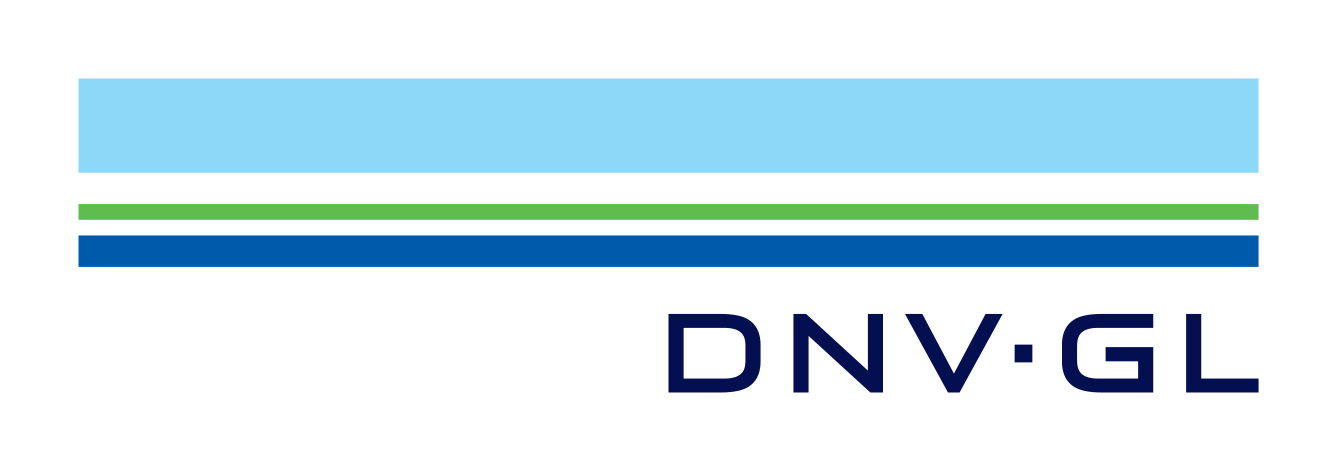CDP Reporting - Corporate Trends
By Sheryl Lawry, Senior Consultant, USA & Canada Sustainability DNV GL - Business Assurance
At this time of year decisions are being made about Corporate reporting and verification of Greenhouse Gas emissions and other metrics. So what trends are we seeing and how can verification add value?
2015 is already showing positive change in Corporate Reporting of GHG inventories, with companies reviewing, in some depth, their intent or reason for reporting. Reporting to the CDP is no longer just about completing a questionnaire. The more proactive companies are now looking at smarter metrics supporting stronger strategic actions and promotion of definitive plans to adapt to and mitigate climate change impacts. Some are developing targets linked to science backed GHG reduction pathways. 2014 showed that more and more companies were reporting and year on year reviews show more targeted actions to minimize impact. Transparency in Corporate activities shows that companies are reacting not only to investor led decisions, but also to other stakeholders including customers, suppliers, competitors, NGO’s and other interested parties.
DNV GL has been a leader in GHG verification services since 2008 and as one of the leaders in the sustainability assurance market globally, we work with a variety of customers in a variety of sectors. A common theme we find is that to accurately report Corporate GHG data, there is an intensive time during the year to gather, monitor, check, double check and sometimes triple check the metrics reported. For those companies that struggle to meet the required deadlines for CDP reporting, they will be pleased to note that the submission deadline for climate change reporting to the CDP is now June 30 2015, and this is likely to be a firm deadline, without scope to extend
As a verifier, we find that this process, while intense, effectively contributes to delivering corporate strategies, building confidence and can help to demonstrate leadership in Corporate Responsibility and Sustainability practices. There is a realization that this is not just a ‘responsibility’ however, it is also an opportunity to drive sustainable innovation, cost savings and is a great proxy for the maturity of an organizations sustainability platform.
In 2014, there was an increased awareness around the verification process, and CDP confirmed an increase in possible CDP score where there is a third-party verification of GHG emissions. The methodology allocates a noteworthy percentage of the scores to verification:
- 6% - 11% of total points under the disclosure score and
- 15% - 17% of total possible points under the performance score
This year, in 2015, the CDP will introduce further changes including a threshold of 70% of both Scope 1 and 2 emissions verified for full points to be awarded and for inclusion in the Climate Performance Leadership Index (CPLI). Details are available on the CDP website.
There was also progress around the frequency of verification required, clarification on whether a third party assurance body needs to be accredited and through which accreditation body, and a new question in 2014 to identify any non-GHG data points that are being collected. This was a significant shift to combining assurance of GHG emissions with assurance of other non-financial indicators which can include key performance indicators for the company and applicable industry sector. With these changes in place, it becomes increasingly advantageous to look at the big picture of the Corporate strategy including reporting and assurance processes.
In addition, the GHG Protocol Corporate Standard has been amended providing guidance on Scope 2 emissions[1]. Previously, Scope 2 emissions (emissions from purchased electricity, steam, heating, and cooling) were reported as a whole, which meant there was no ability to assess and compare between the way the electricity is produced and led to a gap in corporate performance metrics. The amended guidance on Scope 2 allows companies to better define where their electricity consumption is coming from, and how much of it can be reported from low-carbon grid-delivered energy which varies by electricity market.
The key takeaway from our verification experience is that companies need to review not just the quality of the data they are reporting but also review the intent of the information they are reporting and provide real measures of how material it is to the company, and to implement reduction actions accordingly. Any reporting on GHG emissions and other non-financial indicators will of course improve decision making and aid in a deeper understanding of the company’s value chain leading to greater resilience and reduced overall negative impact.
DNV GL has been awarded the Best Verifier category by Environmental Finance magazine every year from 2008 through to 2014 for carbon project verification. DNV GL (which includes the legacy Two Tomorrows company) is a pioneer in independent assurance of non-financial reporting and GHG verification. We have carried out over 100 report assurance assignments and have established ourselves as a world leader in assurance using stakeholder based processes and ISO14064 standards, among others.
DNV GL, Corporate GHG Inventory Verification Services Brochure

